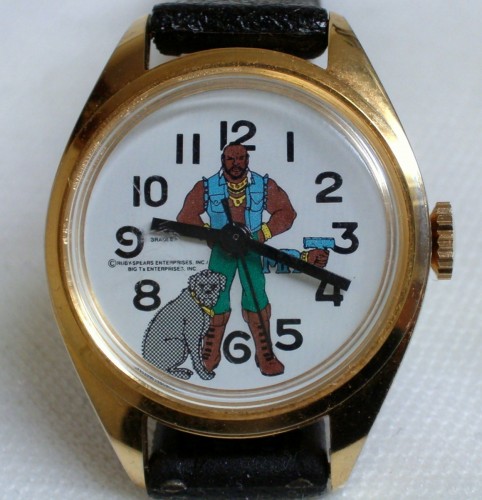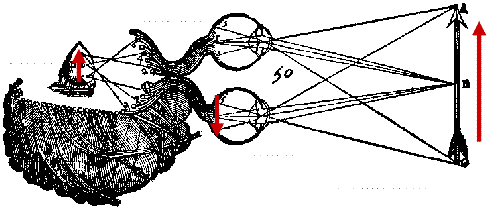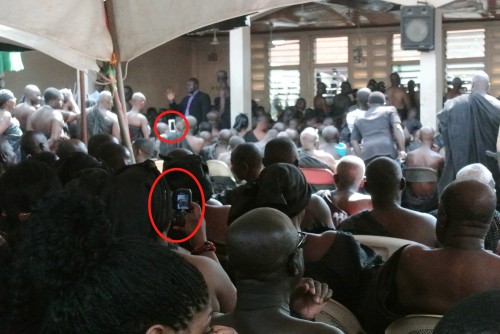This essay is cross-posted with TechnoScience as if People Mattered

Micah Singleton (@micahsingleton) over at the Daily Dot has a really great essay about one of the biggest problems with the Apple Watch. You should read the whole thing but the big takeaway is that really great watches and mainstream tech have a fundamental incompatibility: nice watches usually become heirlooms that get handed down from generation to generation, but consumer technology is meant to be bought in product cycles of a only a couple of years. A really nice watch should be “timeless” in a way our devices never have been. Compared to the usual 2-year contract phone purchase, the technological evolution of high-quality watches moves about as fast as actual biological evolution. Is it possible to deliberately build timelessness into electronics? more...









